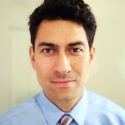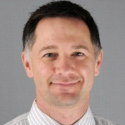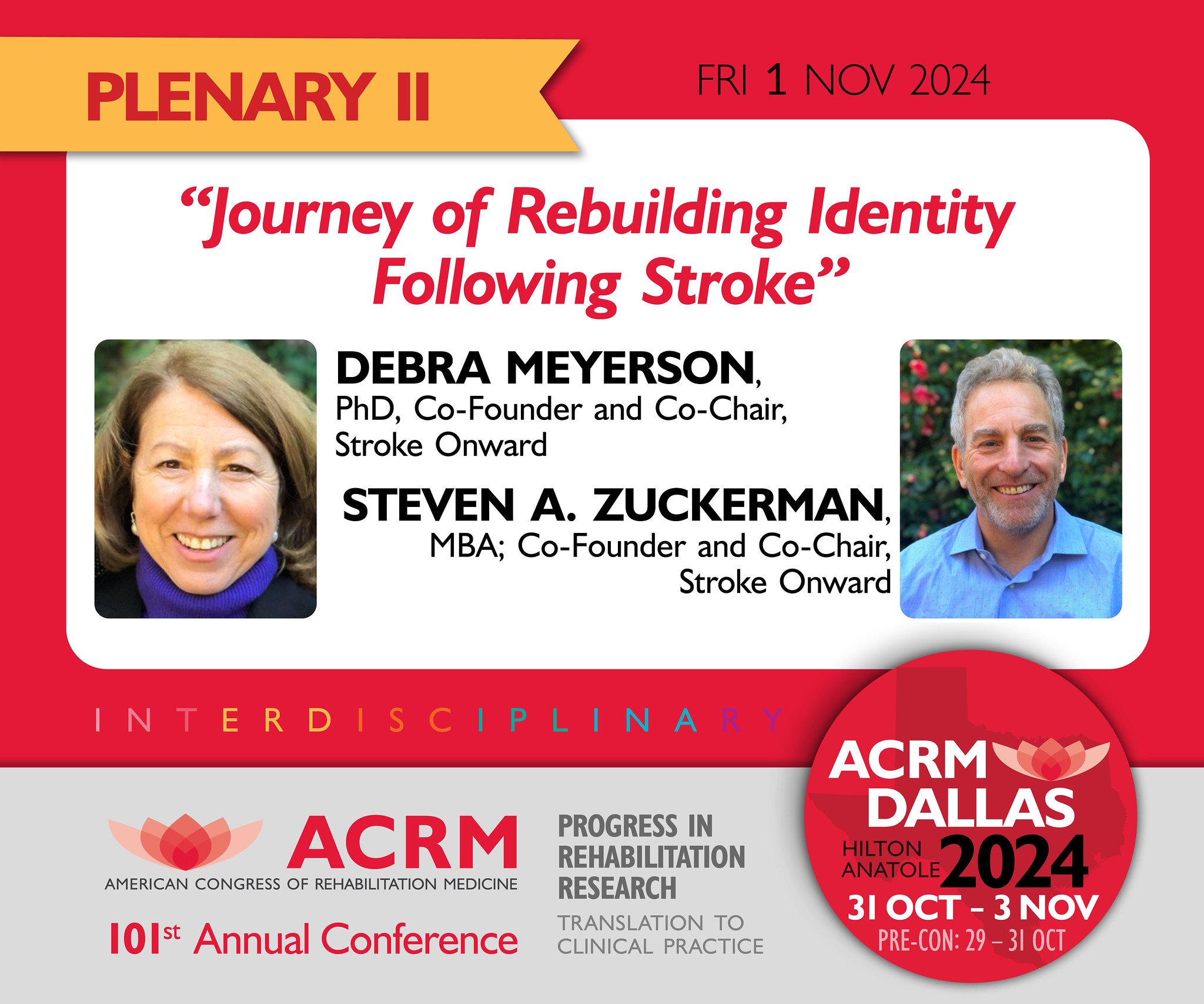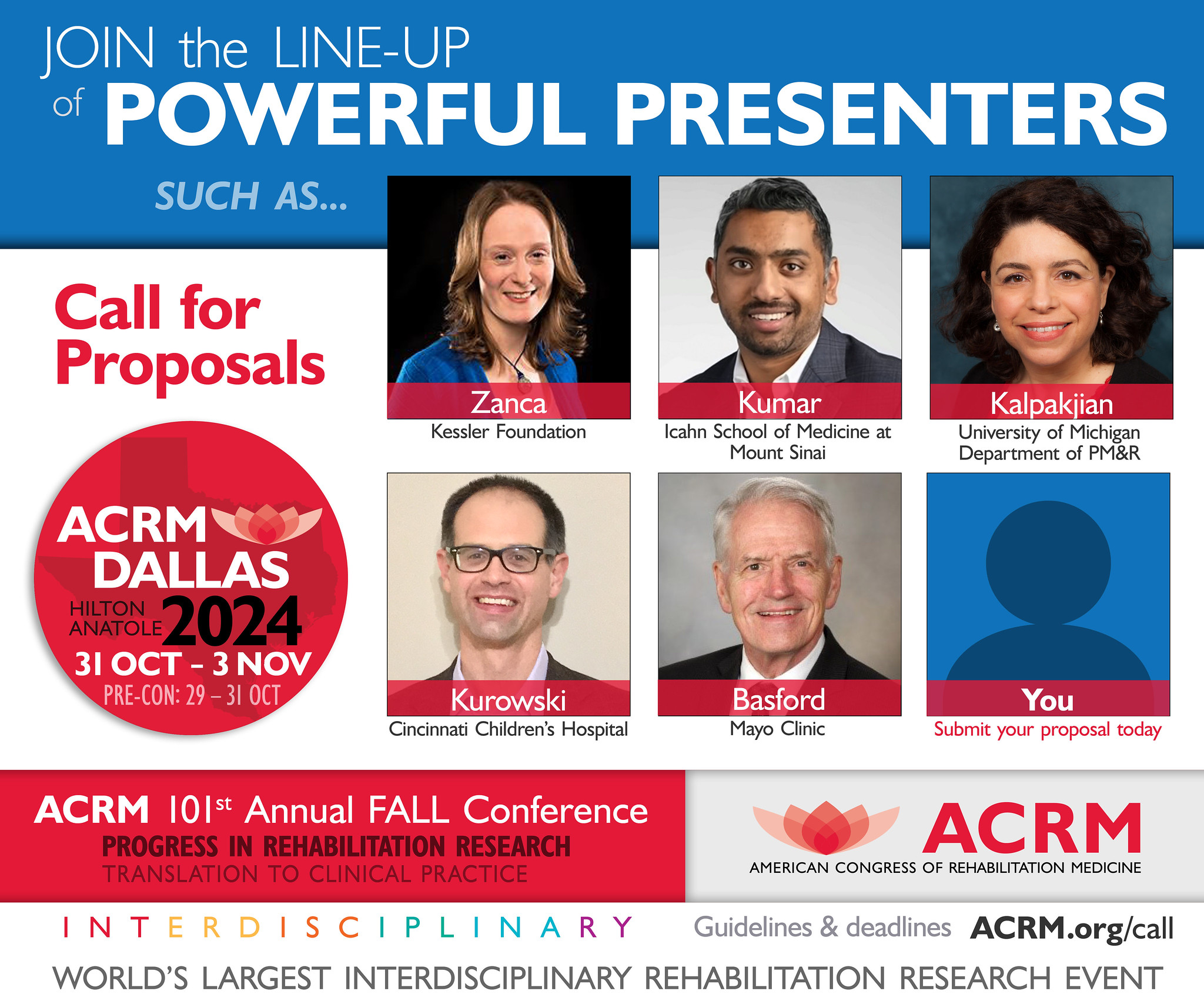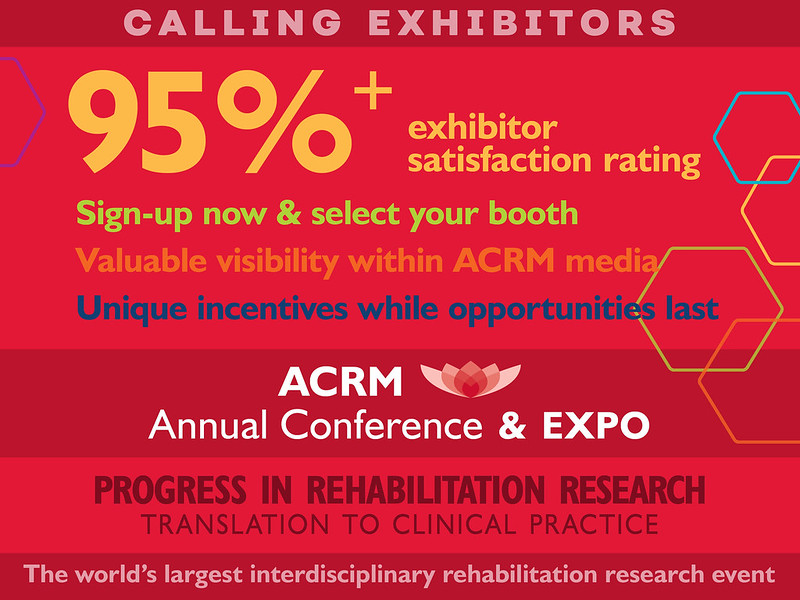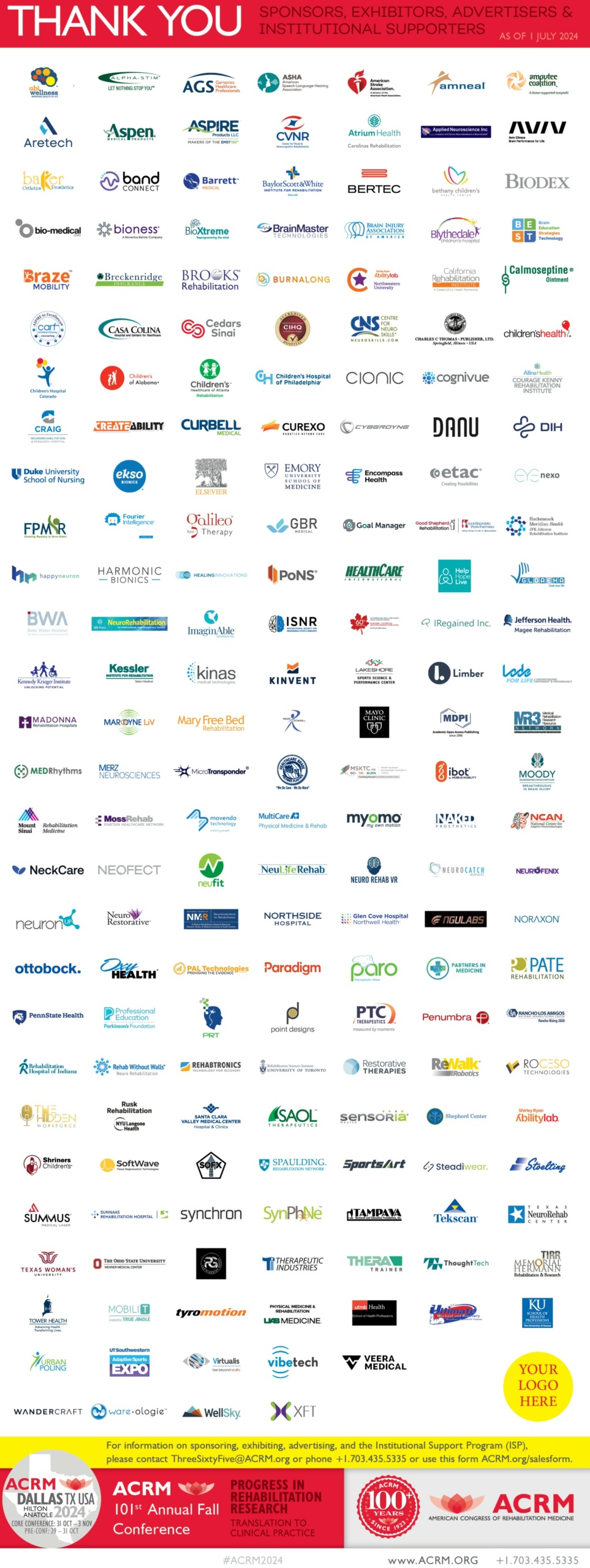New Technology Spotlight
Q: Please tell us about your professional background.
Matteo Tomasi, PhD
Chief Executive Officer
EYEnexo
I hold a PhD in computer science and I received my post-doctoral training in Vision Science at Schepens Eye Research Institute and Harvard Medical School. Currently serving as CEO at EYEnexo, a Boston based start-up which I co-founded. I have been principal investigator in several NIH funded project that led to EYEnexo’s current technology for rehabilitation and vision diagnostics.
Francisco Amparo, MD, MBA
I’m an MD with residency training in ophthalmology and a fellowship in cornea and anterior segment. I also hold an MBA and trained as a vision scientist at Harvard Medical School. My professional, academic, and pro bono activities are focused on the implementation of tools and strategies that improve access to vision care, including diverse populations, a wider variety of circumstances, and most importantly, people who may not have such access otherwise. I’m based in Boston, MA, but I am involved in variety of collaborative projects, both commercial and nonprofit, in different locations including Europe, Latin America, and Asia.
Kevin E. Houston, OD, MS
Assistant Professor
Massachusetts Eye and Ear
I am a Doctor of Optometry with specialty in vision rehabilitation. I staff the vision rehabilitation clinic at Massachusetts Eye and Ear and Spaulding Rehabilitation Hospital in Boston, MA and surrounding areas. I am an expert in the design and provision of spectacle mounted visual devices for the partially sighted such as ophthalmic prism for strabismus, field expansion prisms for hemianopia, and bioptic telescope glasses for low vision. My research is in neurological visual impairments including oculomotor cranial nerve palsies, paralytic eyelid ptosis, hemianopia, hemispatial neglect. I am also involved in the development of mobile apps aimed at improving access to vision rehabilitation.
Q: What is the new technology you are sharing with us today?
EyeXM Rehabilitation from EYEnexo LLC
EYEnexo’s remote eye exam technology consists of a platform with a robust set of tools that allow evaluation of patients with physically-limiting conditions or who are in the process of rehabilitation, but who don’t have immediate access to eye care to treat conditions that significantly impair their capacity to recover. Most times these conditions are a result of the original pathological event that brings them to the rehabilitation facility. Some of the most common pathologies we encounter are stroke and traumatic brain injury. For example, these patients often suffer from double vision or visual field loss, however, other things that seem less important such as losing a pair of glasses during the traumatic event (and their replacement) become extremely important for a patient who can spend weeks hospitalized in a rehabilitation facility. EYEnexo’s technology allows occupational therapists, nurses, or even caretakers to send a quite sophisticated visual assessment with enough objective clinical information to an eye care professional and allow them to remotely provide general instructions, management, prescriptions, or even specialized glasses.
Q: What is your involvement with or application of this technology?
Dr. Matteo Tomasi:
I’ve directed the NIH funded research at EYEnexo that helped with the development and the validation of the technology. I’ve personally supervised the product design and development, coordinating a team of engineers and bridging the technology with the clinical experts on the field.
Dr. Francisco Amparo:
I design the technology and make sure it covers the needs of eye care professionals and at the same time is accessible and practical enough to be used by people without training in optometry or ophthalmology. Our main goal is to provide accurate clinical data to allow doctors to deliver well-informed clinical advice. However, when optimizing or developing new technologies, we always prioritize the potential environments in which the technology will be applied to design the best user interface possible (e.g. it is not the same a rehabilitation hospital in an urban location than a small-town inpatient facility than a rural elementary school).
Dr. Kevin Houston:
I am a co-founder of the company and guided the development of the EyeXM software used to provide virtual vision examination with remote prism fitting. I am also a frequent user of the technology with more than 250 virtual visit consults under my belt. I use EyeXM onsite to document my exams and virtually to increase the frequency of vision clinic at one of our more remote hospital sites on Cape Cod. During the COVID-19 pandemic quarantine, the technology allowed me to continue to provide eye and vision care to patients around the Spaulding network at a time when consultants were prohibited from coming to the hospitals in-person.
Q: How will this technology impact rehabilitation medicine?
Sixty to 70% of patients residing at acute inpatient rehabilitation hospitals and similar facilities have vision problems related to their illness but do not have access to specialized neuro-optometrists or neuro-ophthalmologists who can provide diagnosis and treatment. This is due to insufficient numbers of these specialists to staff each hospital and other factors which can be solved if reliable remote vision testing were possible. The EyeNexo software addresses this need providing inexpensive and high-quality virtual eye and vision testing requiring only an iPad. The software uses computer vision algorithms to provide reliability checks such as auto calculating testing distance and additional information via image processing. These reliability checks allow eye care specialists to feel confident in the test results to distinguish cases requiring urgent in-person evaluation from those that can be managed remotely. We can easily diagnose the most common impairments including but not limited to oculomotor cranial nerve palsies and hemianopia, and have treated successfully with prism in 83% of attempts, similar to in-person rates.
Q: What is a challenge or issue you have needed to resolve when using this technology?
Dr. Francisco Amparo:
Initially, the main significant challenge (I don’t consider getting users to understand how to effectively apply the technology a significant challenge– but a learning process) was to find motivated eye care professionals who wanted to work with rehabilitation institutions since this was out of their comfort zone. Eye care professionals (I am one of them) are used to see patients in their offices and to follow established standard protocols. On top of this, it was difficult to find a good enough formula to compensate these highly specialized professionals for their work (I think this is one of the main reasons why most rehabilitation facilities lack a dedicated eye care professional — whom many rehabilitation professionals believe should be part of the staff). However, after being struck by the amazingly-challenging Covid-19 pandemic, a sense of awareness among policymakers and regulatory agencies allowed the protocols in place to accommodate for remote consultations (eye care remote consultations are particularly challenging– believe me!). After a few weeks of using EYEnexo’s technology, both, rehabilitation facilities staff and eye care professionals realized how easy and convenient was to use the technology on a regular basis to solve simple or complex situations, which otherwise would have required waiting several weeks until patients are discharged from the hospital or an ambulance to transport the patient to the eye clinic ER.
Some regulations that are now in place allow for compensation of the eye care professionals’ work. At the same time, the agile and accurate response to those directly involved in the patients’ care at the rehabilitation facility (let alone the peace of mind of knowing their patients are obtaining the best integral care possible) makes it worth the time spent acquiring the visual tests.
Q: What is one surprising way this technology changed your work?
Matteo Tomasi:
Designing good user interfaces (UI) for general consumers is itself a challenge, working with patients that have cognitive impairment and are not able to perform their daily tasks brings the UI design to a whole next level. I’ve been pleasantly challenged by the work in the rehabilitation field and I was able to translate this wonderful experience into a product that now can be used extensively with TBI and stroke patients. It was very rewarding to me, when I realized that with our technology, doctors were now able to test some of these patients after many unsuccessful attempts with standard of care methods.
Q: What tips do you have for using this technology?
Dr. Kevin Houston:
I like to be virtually present for the app vision testing using the video conferencing screen sharing option. I can guide the exam and ensure testing is done correctly.



